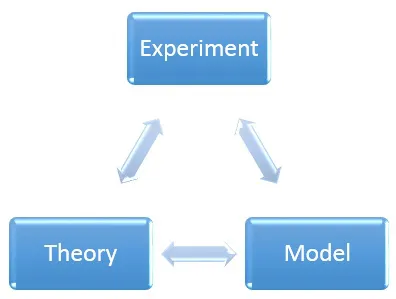
Physics Education for Students: An Interdisciplinary Approach
Maria Teresa Caccamo, Salvatore Magazù
- English
- ePUB (handyfreundlich)
- Über iOS und Android verfügbar
Physics Education for Students: An Interdisciplinary Approach
Maria Teresa Caccamo, Salvatore Magazù
Über dieses Buch
Physics Education for Students: An Interdisciplinary Approach is a compilation of reviews that highlight new approaches and trends in teaching and learning specific topics on physics to high school and university students. The reviews cover different areas of physics education (laboratory activities, mathematics, philosophy and history) and the ways that learning outcomes can be improved. These distinguished areas can generate complexities and difficulties for students in learning some concepts since the same topics are often presented while following approaches that do not highlight the existing correlations among the involved disciplines. The reviewers discuss an integrated framework for readers with the objective to promote the inclusion of specific laboratory activities and mathematics contents for physics courses addressed to university students, with evidence of the importance of combining a historical and philosophical approach as well. Specific topics in this book include the benefits of active learning in physics education, dialogic best practices in science education, research-based proposals on optical spectroscopy in secondary schools, didactic principles and e-learning in physics and expansive framing in physics laboratories. Physics Education for Students: An Interdisciplinary Approach, with its selection of expert reviews is an interesting read for academics and researchers involved in STEM education, at the school or college level.
Häufig gestellte Fragen
Information
Normal Mode Investigation of a System of Coupled Oscillators: a Physics Lecture
Maria Teresa Caccamo1, *, Salvatore Magazù1
Abstract
* Corresponding author Maria Teresa Caccamo: Dipartimento di Scienze Matematiche e Informatiche, Scienze Fisiche e Scienze della Terra, Università di Messina, Viale Ferdinando Stagno D'Alcontres n°31, S. Agata,98166, Messina, Italy; Tel: +39 0906765019; E-mail: [email protected]
INTRODUCTION

A sketch of the joint employment of Theory, Experiment and Model.